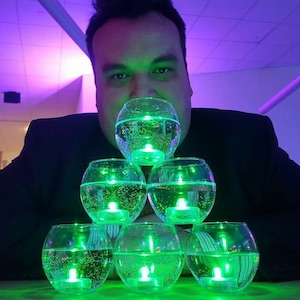
Don't Kill the Mac
18 Jun 2015The Wall Street Journal has an editorial that Apple should drop the Macintosh product line and focus on portable consumer electronics, the iPhone and its spawn. Since the WSJ has a crappy paywall, and I don’t want to pay, I’ll just assume this is an accurate reflection. Macworld provides an acceptable takedown the plan, noting that the Mac is the developer’s platform for the iPhone, et al., ecosystem:
The Mac, at some level, is a highly profitable developer-platform division that happens to also serve consumers and businesses.
But this misses the point. I don’t develop for the iPhone. I don’t even own an iPhone. But I’ve carried a Mac with me almost everywhere for 15 years, starting with the TiBook. See, I need a small, powerful, and functional Unix laptop. Most of the Mac users I know don’t know about the underlying environment. But that’s the world I live in. I have open Chrome, but I also have open Terminal.app (with 7 tabs right now) and Emacs (with 39 buffers open). Since 2000, Apple, the ultimate in graphic systems, has provided the ultimate in text interfaces.
But we got here in a complicated way. In the early 1990s, some developers left Apple to do better and started a company called Be. They created BeOS, which was magnificent, but nobody supported it. Imagine a computer that is designed for doing amazing things. It supported symmetrical multiprocessing in the 1990s! But it ran on custom hardware and that was the end of that.
And in the late 1980s, Steve Jobs had been kicked out of Apple (long story, very complicated, read John Scully’s book) so he went and started several companies. One of them was NeXT. NeXT built a graphical system on top of a Unix-like system built on top of Mach. And NeXT was also awesome. It was so awesome, that the actual work of creating DOOM was done on NeXT boxes.
So Apple needs to save itself and it decides it should buy one of the two. They decide on NeXT and build the next Macintosh operating system, OS X, on it. And here we are. Someone will need to do this again if Apple kills the Mac.
Image by Simon Claessen / Flickr.
